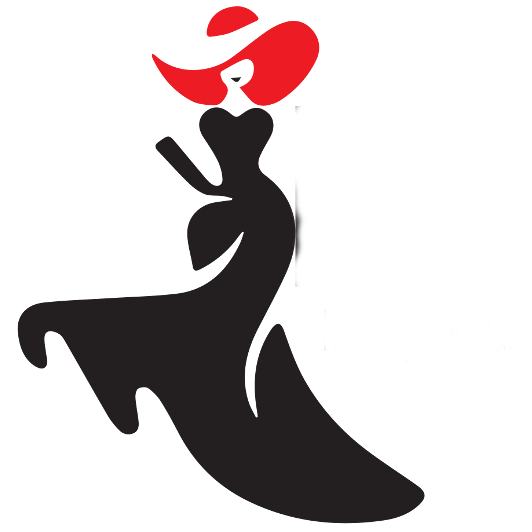Mens jewelry 2022
What is the Tree of Life Meaning Around the World
The tree of life is a strong symbol. It appears in many cultures of the world – not only in the Celtic –and is called Yggdrasil in Nordic mythology or Kalpavriksha in India. Trees often represent the connection between above and below, between heaven and earth. The Celtic tree of life was also
full of meaning. It reflected, so to speak, the Celtic world view, which also stood for the relationship between man and nature.

You will find it again and again, in music, decorations, art, movies or even jewellery. Not only does it look incredible, it also has a profound meaning. It is a beautiful tree with extended branches androots firmly anchored in the ground. A tree with a beautiful symbolism. But what exactly does the tree of life mean? To find out, we want to take you on a journey around the world.
Tree of Life in Ancient Cultures
Mayan Culture: In the Mayan culture, the tree of life stood for the connection of heaven, earth and underworld.
Egyptian Mythology: In ancient Egypt, the Tree of Life was a place for both life and death. Isis and Osiris have their origin in this tree.
China: In Chinese mythology, the tree of life is a peach tree. The special thing about this tree: only once in 3,000 years a peach grows on it. Whoever eats this peach is immortal.
Celtic Mythology: The meaning of the tree of life of the Celts is similar to that of the Mayans. The crown of the tree represents the connection to the sky, the roots to the underworld. The tribe connects these two worlds.
In Celtic Mythology, the Bretha Comaithchesa was a list of trees. It laid down precise penalties for damaging or destroying certain trees. In practice, this was probably mainly about neighbourhood disputes between farmers. The law divided the trees into different categories. The more important a tree was, the more the perpetrator had to pay the victim. The most noble trees were the following:
Oak
Hazelnut
Ilex
Yew
Ash
Pine
wild apple tree
The Spiritual Importance in the Celts
These tree species were probably not only symbolic or conceptually important, but also very practical: they were places of assembly and often formed the centre of a community. When the Celts chose a place and settled there, a tree usually stayed in the middle. There the druids spoke
their right and parts of the tree were used for medicinal and ritual purposes.
This protruding tree in the community’s place of residence was, so to speak, the respective Celtic tree of life. And it is quite possible that these trees were also attacked during the war. For there could hardly have been greater real and spiritual damage than to destroy this important symbol of the enemy. For the Tree of Life ultimately meant for wisdom, strength and long life, and its destruction was a severe blow.
Moreover, the Celtic tree of life had immense significance: it was the connection between the local world and the other world – the seat of the gods and the world of the ancestors. The roots reach deep into the past – into the so-called underworld – while the leaves rose to the upper world. These trees were probably seen as a gateway to the otherworld.
Nowadays, the tree of life can be found all over the world and specially, the world of fashion. From music covers and posters, Shirts, Tattoos and of course jewelleries. Α neckless made of gold and black is a must have. Gold symbolizes the power, the strength or in one word “heaven” while black
symbolizes the earth or more spiritually, “the underworld”. Take a look to this beautiful tree of life necklace here

 Ελληνικά
Ελληνικά
